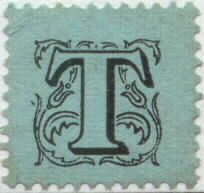
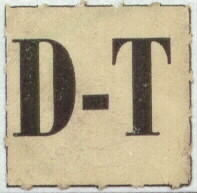
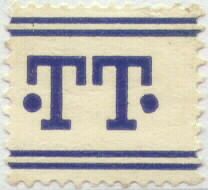
The table below shows the rates applied during particular times. Sometimes a new stamp was issued even though the tax rate remained unchanged, when the wholesale price of records altered.
This table shows the schedule of tax rates and the stamp details for the EMI group.
|
|
|
|
|
Colour |
|
|
|
|
|
|
black |
|
|
|
|
|
|
black |
|
|
|
|
|
|
dark blue |
|
|
|
|
|
|
dark green |
|
|
|
|
|
|
orange |
|
|
|
|
|
|
mauve |
|
| G |
30 December 1950 |
|
AT |
red |
price increase |
|
|
|
|
|
orange-red |
|
|
|
|
|
|
dark green |
|
| J |
1 June 1957 |
60% |
XT |
blue |
price increase |
| K |
1 October 1958 |
60% |
UT |
green |
price reduction on 7ER |
| L |
8 April 1959 |
50% |
ET |
purple |
Purchase Tax reduction |
| M |
1 August 1960 |
50% |
WT |
brown |
price changes |
| N |
26 July 1961 |
55% |
OT |
red |
Purchase Tax increase |
| O |
10 April 1962 |
45% |
ZT |
grey |
Purchase Rax reduction |
| P |
26 November 1962 |
45% |
PT |
green |
price changes |
| Q |
1 January 1963 |
25% |
MT |
pale blue |
Purchase Tax reduction |
| R |
1 July 1963 |
25% |
KT |
pink |
price changes |
| S |
21 July 1966 |
|
No stamp |
||
| T |
20 March 1968 |
50% |
No stamp |
||
| U |
23 November 1968 |
55% |
No stamp |
||
| V |
20 July 1971 |
45% |
No stamp |
||
| W |
21 March 1972 |
25% |
No stamp |
Records made for the Government or for Export were Exempt from Tax. Up to 100 pressings from the same Matrix made for sale in Britain were exempt from 10th August 1948, as were "pressings made for a single client or organisation in which the copyright will be retained by them".
For reasons unknown, the Decca group did not use DT during the second period of the 662/3% rate, but used instead CT from April 1948 to the end of 1949, and the IP or +IP until April 1953 printed on the record label or impressed in the run-out. Note that the Decca stamps below are inscribed PI and +PI - the reason for this reversal is unknown. They also used AP during 1955, again for reasons unknown.




b) Later series. All printed by Harrisons, watermarked. Perf 14x15.
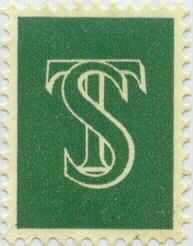
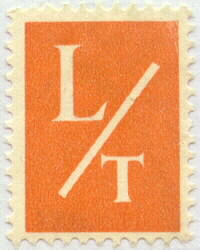
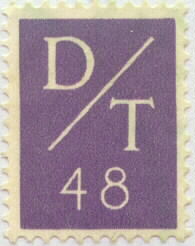
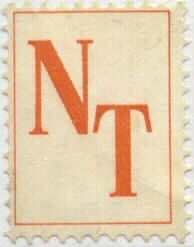

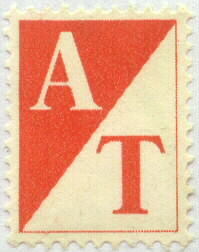
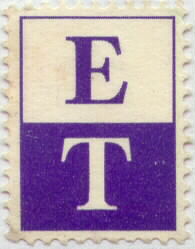
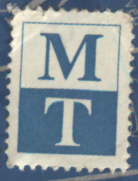
c) Other EMI group items
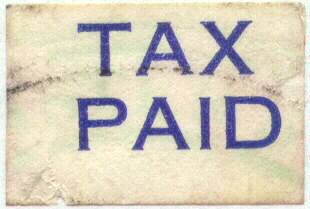
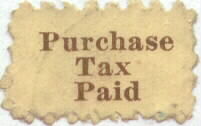
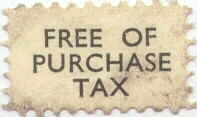
The "Free of Purchase Tax" stamp was supplied to record dealers by the
record manufacturers (The Gramophone Co, Columbia, Parlophone, Decca and
Brunswick) prior to the initial introduction so existing record stock could
be marked.
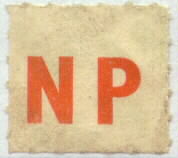
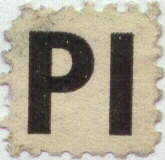
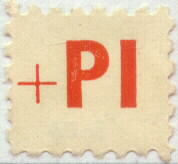
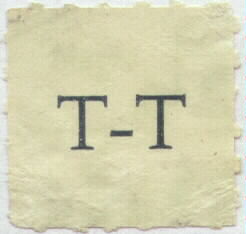
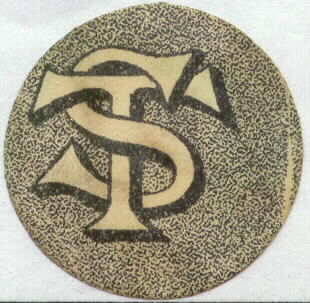
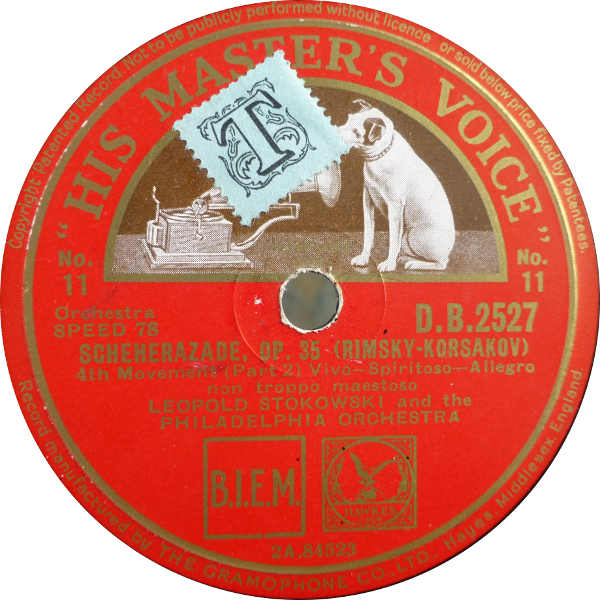
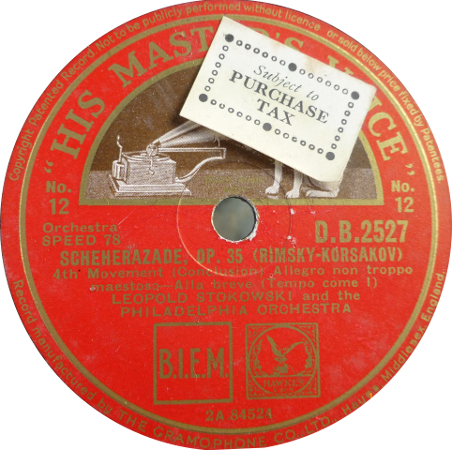
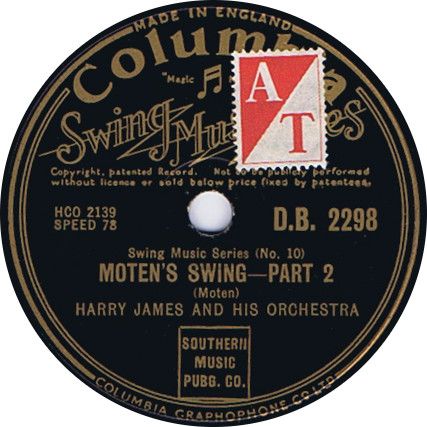
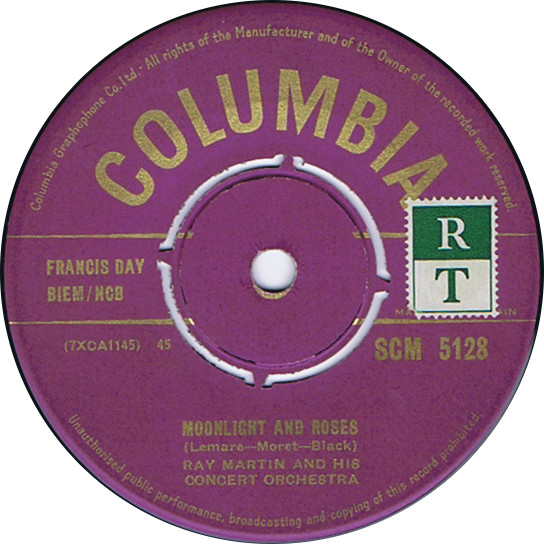
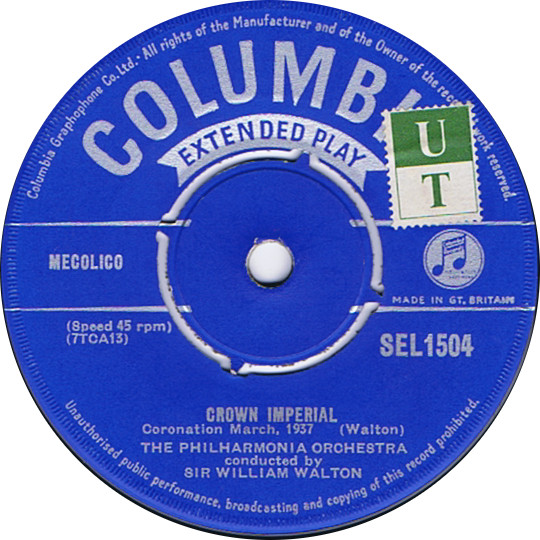
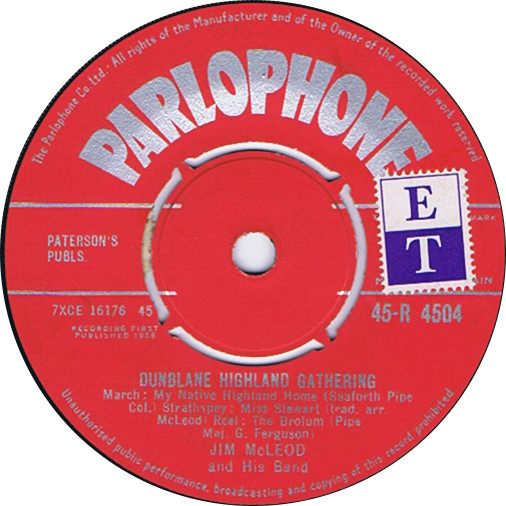
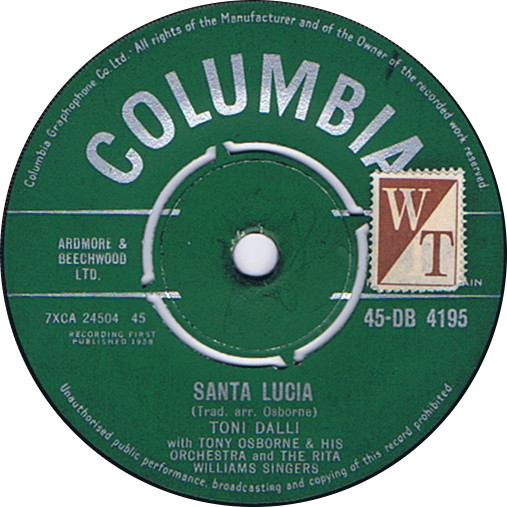
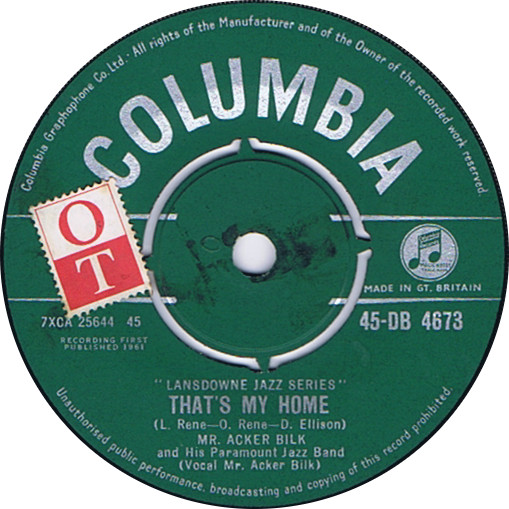
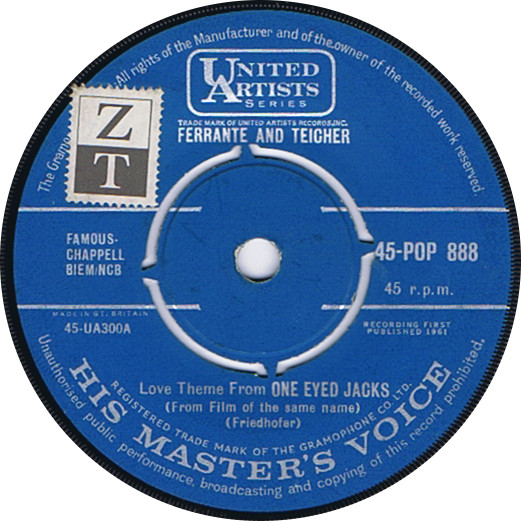
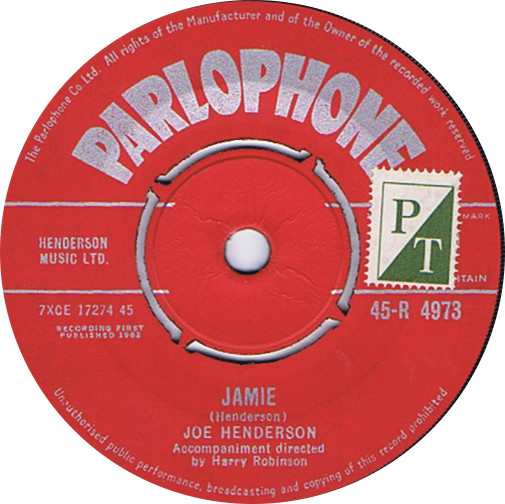
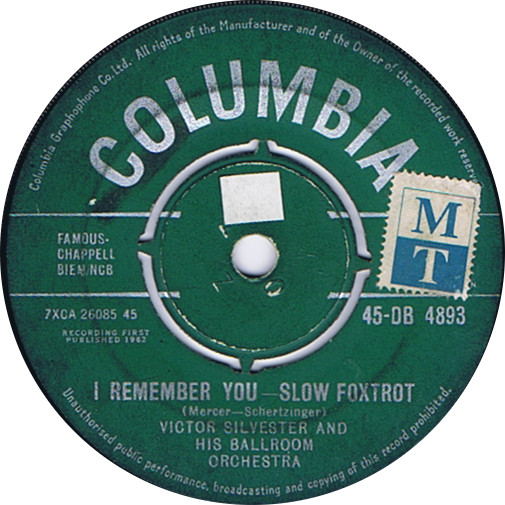
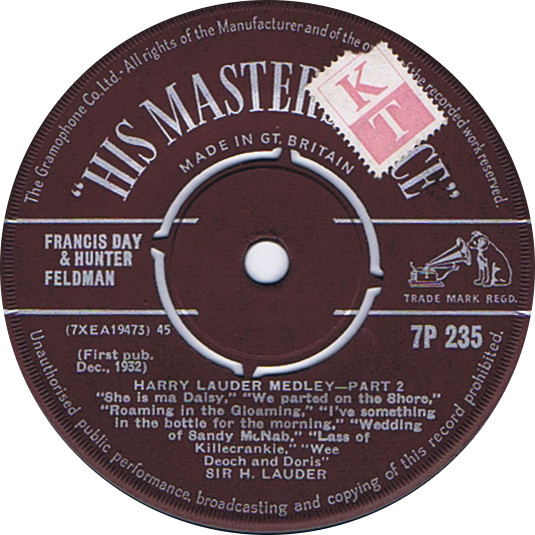
2. The L/T stamps are for the short period of 13th November 1947 to 8th April 1948, a period of little over 5 months. However, the stamps are fairly frequently met with. This is possibly explained by the fact that the "Late Autumn Tax" came from an emergency budget, and that the recording companies had little warning of the change and thus had to re-tax a larger volume of records than would have normally been the case.
Acknowledgement is made to Peter Copeland's article "Marks on British 78rpm Records", that appeared in 'The Historic Record', number 18, January 1991 and a more recent and comprehensive article "The Purchase Tax Scheme (1940-1973)" by Len Petts and Ruth Edge which appeared in 'For the Record' Spring 2004 (the Journal of the City of London Phonograph and Gramophone Society). Also to Peter Rice for his web site information from the record pressing industry point of view. (www.peterice.com/purchasetax.htm)
Back to [HOME] [MUSIC PUBLISHERS] [RECORD COMPANIES] [COPYRIGHT AGENCIES] [COMPOSERS]
©Adam Miller 1999-2014
Original article 1999. Updated July 2014.